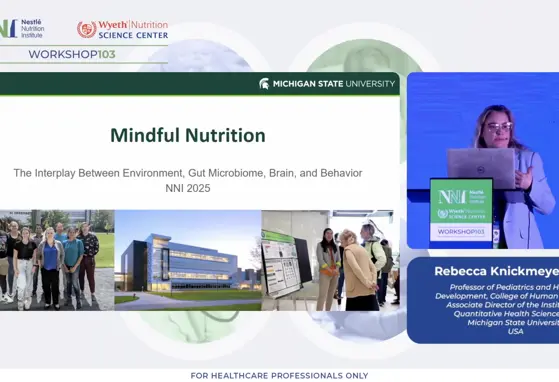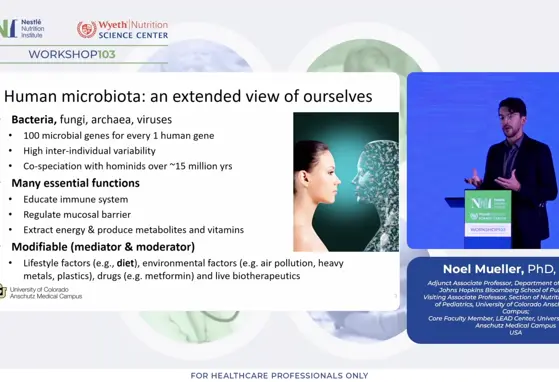Gut Microbiota
Microbiota is the good (and bad bacteria) in your gut. Every human being carries about 1-2kg of gut microbiota representing a number of cells far bigger than all our body cells together. Here we provide the latest science on the relation between nutrition, gut microbiome, immune system and human health.

Human Milk: A Dynamic Source of Nutrition for Infants
Human Milk: A Dynamic Source of Nutrition for Infants



TGF and Intestinal Inflammation: the Role of Nutrition
TGF and Intestinal Inflammation: the Role of Nutrition


Systems biology of the interactions between the gut microbiome and human metabolism
Systems biology of the interactions between the gut microbiome and human metabolism

Human Milk Oligasaccharides - Just a Sugar or Nature's Secret Weapon?
Human Milk Oligasaccharides - Just a Sugar or Nature's Secret Weapon?



